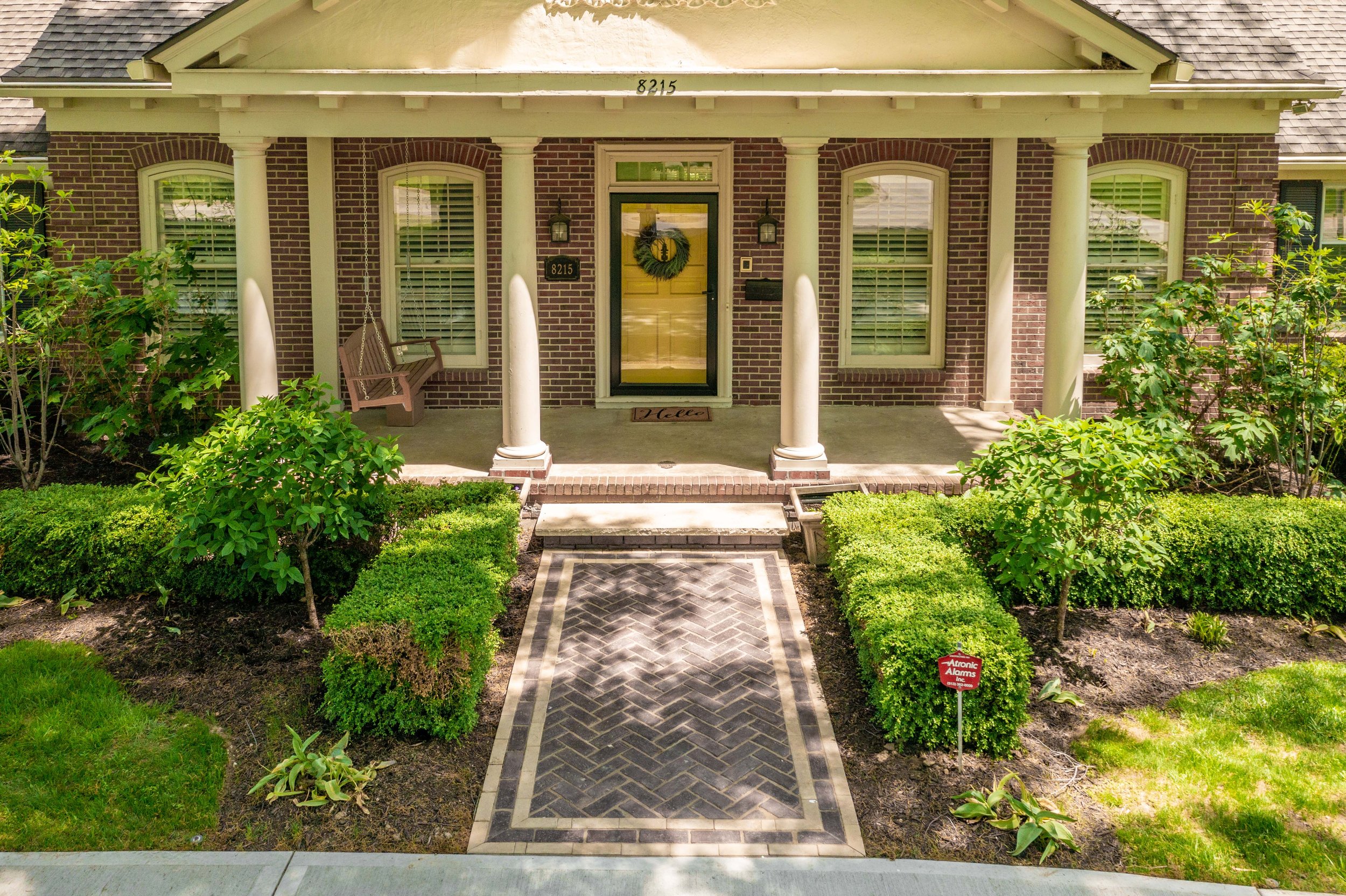Optimizing your outdoor space: a comprehensive guide to material selection
Embarking on the journey of planning an outdoor living space is an exciting venture that involves careful consideration of various factors. While price and appearance often take the spotlight, neglecting other crucial elements can result in disappointment and regret. In this guide, we explore the multitude of factors essential for selecting materials that not only enhance the aesthetics but also ensure long-term satisfaction with your outdoor haven.
Considering the Use of the Space:
Every decision in designing your outdoor living space should revolve around its intended purpose.
For areas accommodating moving furniture like dining chairs, prioritize flat, smooth materials for seamless movement.
Around pool areas, where barefoot activities are common, factor in the heat retention of materials to ensure comfort.
Opt for cost-effective stepping stones in low-traffic walkways to balance functionality and budget.
Choose materials resilient to snow shovels and de-icing salts if winter weather clearance is a necessity.
Maintenance Considerations:
Educate yourself on the maintenance requirements of potential materials:
Some materials, like wet cast pavers, may need sealants for upkeep, while others, like certain limestone varieties, require regular cleaning and sealing.
Different materials may demand specific joint grouts, such as mortar or polymeric sand, each with distinct maintenance needs.
Harmony with Your Home:
Designing an outdoor living space differs significantly from indoor spaces, as the outdoor setting is not visually confined. Consider the architecture and surrounding environment when selecting materials to achieve a cohesive look that complements your home.
Architectural Harmony:
Match the architectural style of your home when selecting materials. For instance, a poolscape designed to harmonize with a 1700s home may incorporate travertine and handmade brick for an authentic and historically aligned appearance.
Color & Material Coordination:
Ensure your outdoor materials not only match but also complement the color of your home. In the featured project, variegated bluestone pavers and rose-colored brick inlays seamlessly tie the outdoor living space to the all-brick home.
Beware of Trends:
While trendy materials may be tempting, they often age quickly, diminishing enjoyment and return on investment. Aim for a timeless look with materials and designs that stand the test of time, irrespective of passing trends.
The Stone vs. Concrete Debate:
Consider the pros and cons when choosing between natural stone and concrete products for your outdoor space:
Concrete:
Offers endless design possibilities but is less durable than natural stone.
Requires regular sealing to prevent fading and wear.
Natural Stone
Boasts unparalleled durability and appearance but may be more expensive and limited in color variations.
Pavers:
Popular for their variety of styles and colors, but may suffer from fading and surface wear.
Require regular sealing to maintain their original look.
In summary, a thoughtful approach to material selection, considering usage, quality, maintenance, architectural harmony, and timeless design, ensures a captivating and enduring outdoor living space.










